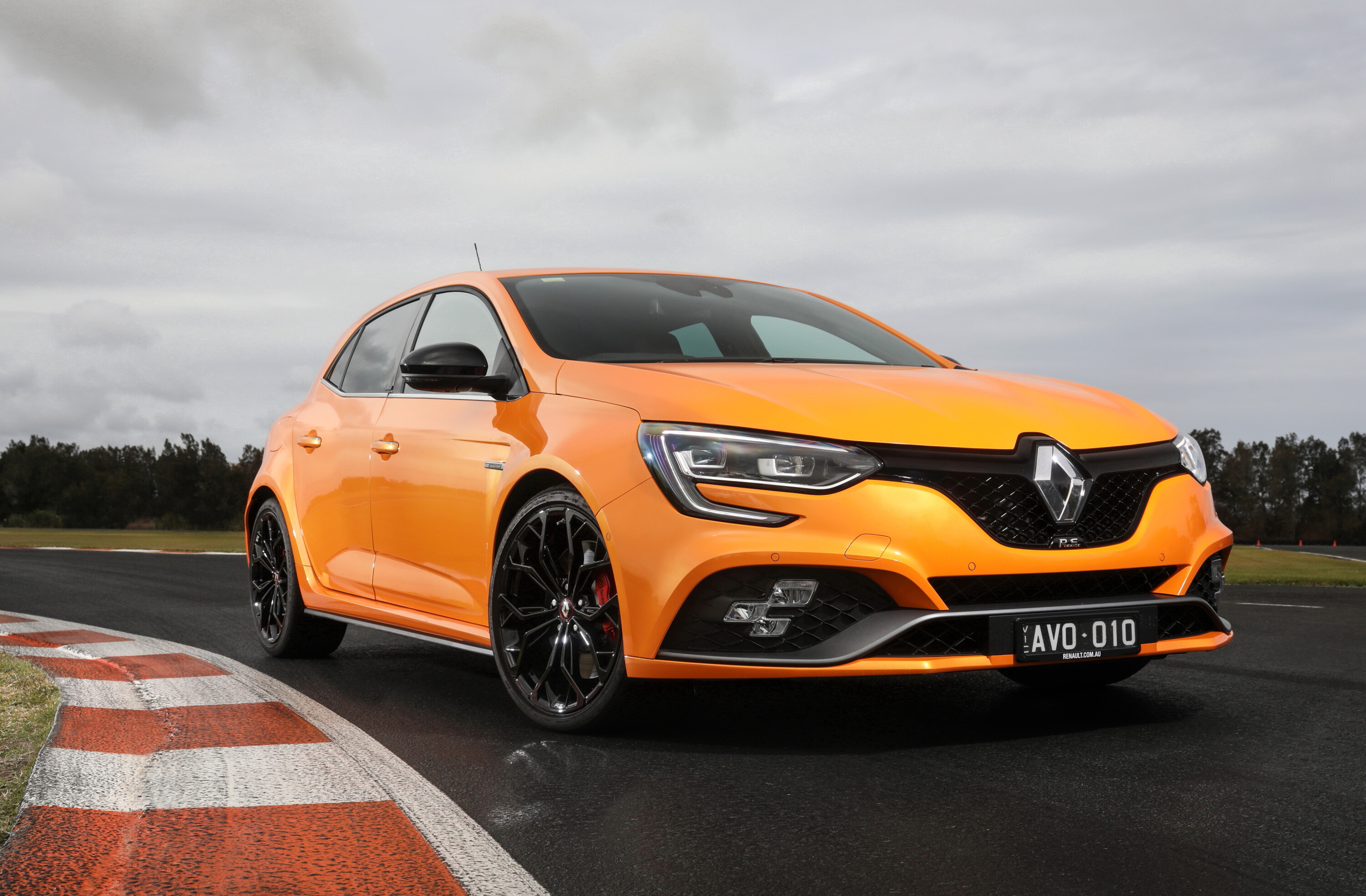Does anything exemplify the demise of the hot hatch more gut-wrenchingly than the end of Renaultsport?
Yes, we knew that the writing was on the wall in 2021, when the technical assets were transferred to Alpine, but Alpine sold four cars in Australia in 2022 and drew a complete blank in 2023, so it’s understandable if Aussie hot hatch fans feel somewhat dudded.
The last batch of RS-badged Méganes were built in March last year and all are now in Australia, with just a handful of ‘regular’ RS and end-of-the-line Ultime special editions left in dealers. Choose between manual or dual-clutch models and be quick. Once they’re gone, they’re gone. What’s more, any putative replacement won’t be anything alike. It won’t have pistons for a start.

In total, Australia received an allocation of 40 Ultime editions and these are likely to become collector’s items, despite packing no more power or torque than the regulation RS it’s based on.
The Mégane nameplate won’t completely die on these shores, but the baton has been taken up by the Mégane E-Tech electric crossover which, without labouring the point, isn’t quite the same thing.
As tasty as the prototype Alpine A290 Beta looks, it’ll be a while before this performance EV lands in Australian showrooms. ‘Maybe 2025’ is about as definite as Alpine is being right now, but the Mégane RS will be a tough act to follow for any electric Alpine.
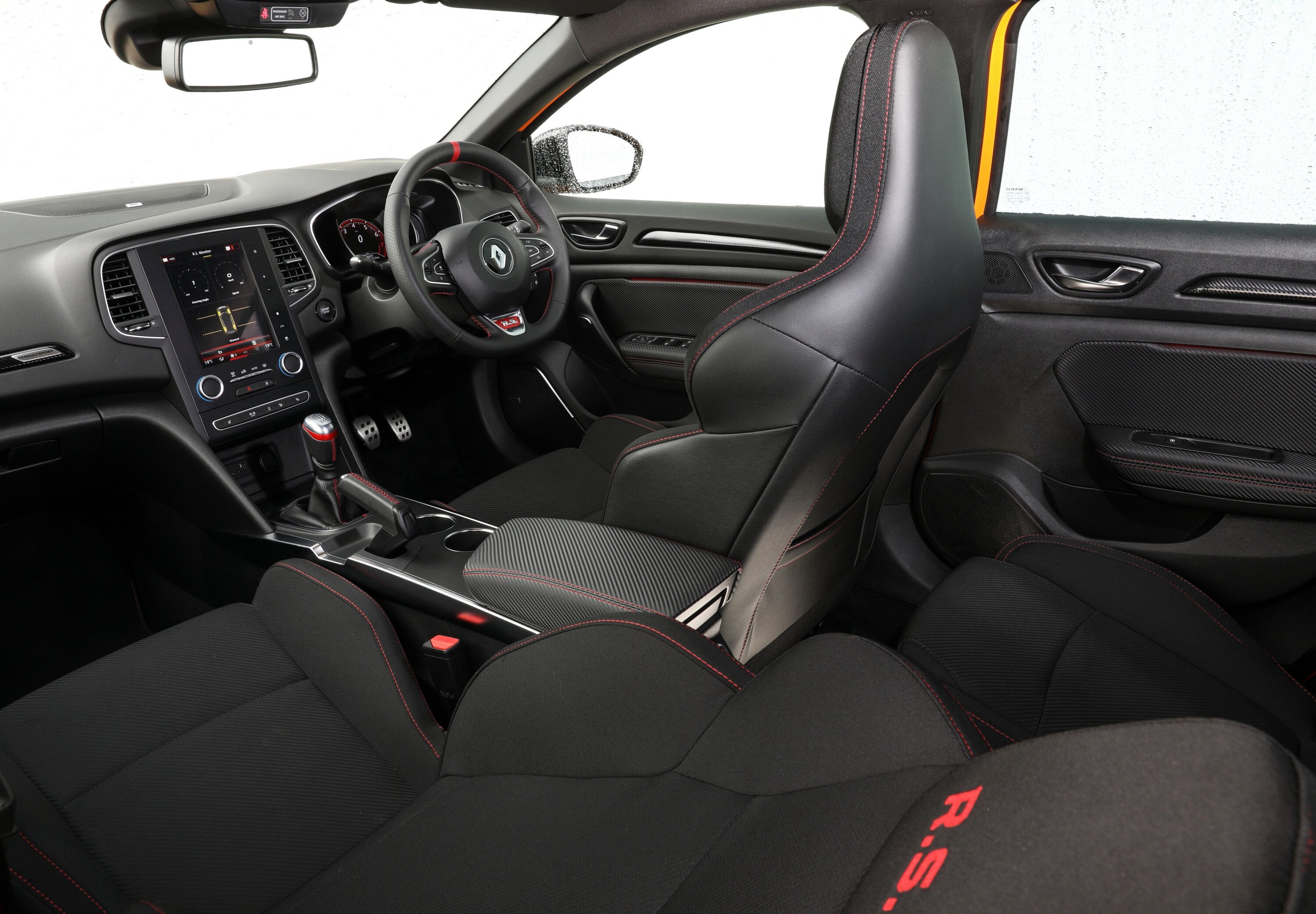
There have been three generations of Mégane RS and all of them have been excellent.
It took a little while for the bustle-backed Mégane RS to find favour – the original RS 225 models showing promise, though it took the 2006 RS 230 Renault F1 Team R26 to really show what this chassis was capable of, building on the added focus of the Cup chassis with the all-important fitment of a limited-slip diff.
That expression reached its zenith with 2009’s track-focused R26.R – the closest thing we’d seen at that point to a true superhatch.
The successor body arrived in 2010 with the Mégane RS 250. We expected the coupe to have grown a bit softer with age, but it was just the old car only better. The 265 and 275 models were incremental improvements, with the final 275 Trophy-R being especially prized.
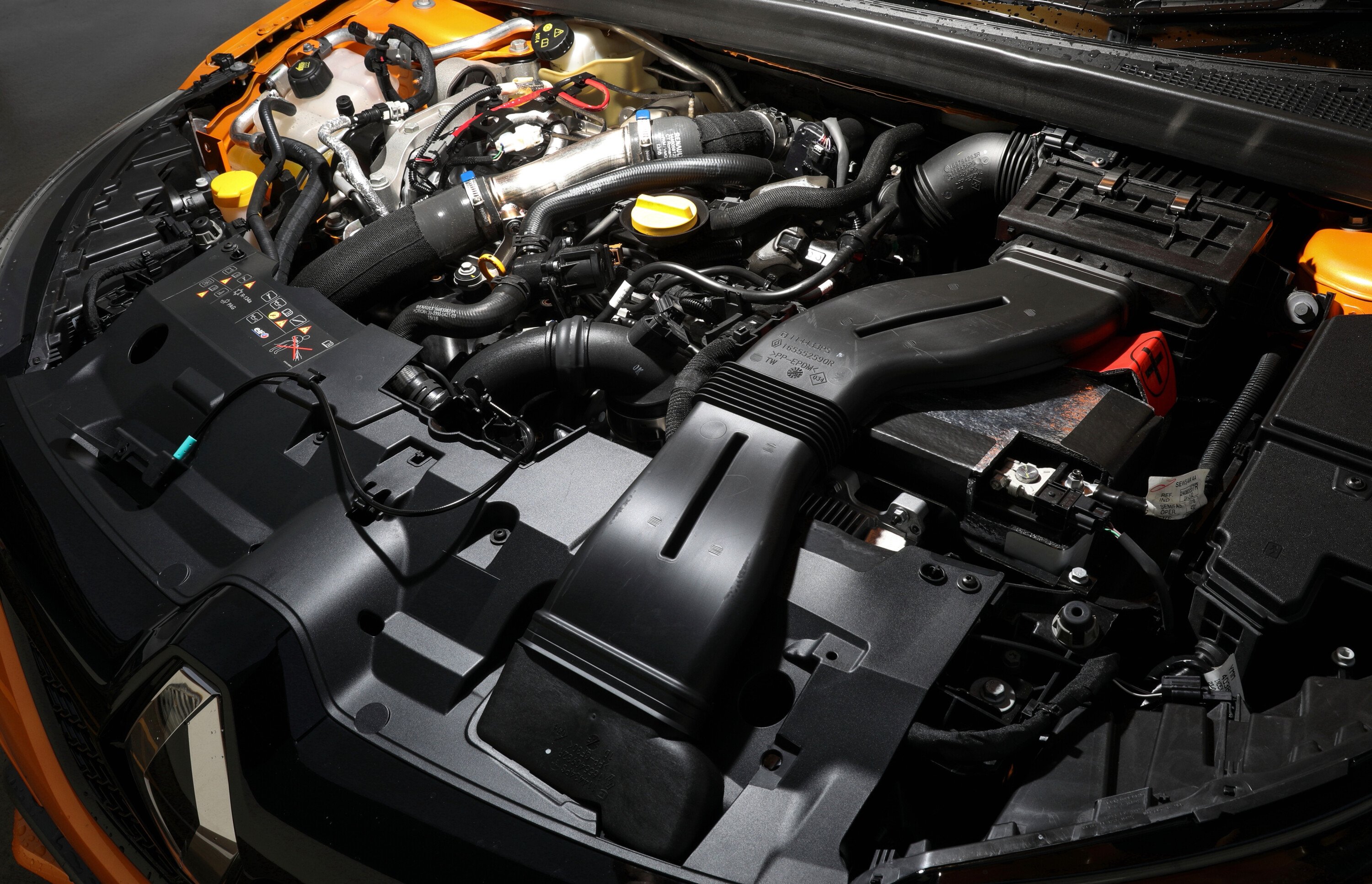
The third and last iteration of the Mégane RS debuted in 2017 and was initially offered in three flavours – 280 Sport, 280 Cup and 300 Trophy.
The Sport featured a torque vectoring by braking system up front, where the Cup got stiffer suspension and a Torsen LSD to more accurately address the tyres to the tarmac.
While the third generation never quite gained the cult following of the prior two iterations, it’s still a great steer. If you want one of the last great hot hatches, you know what to do.
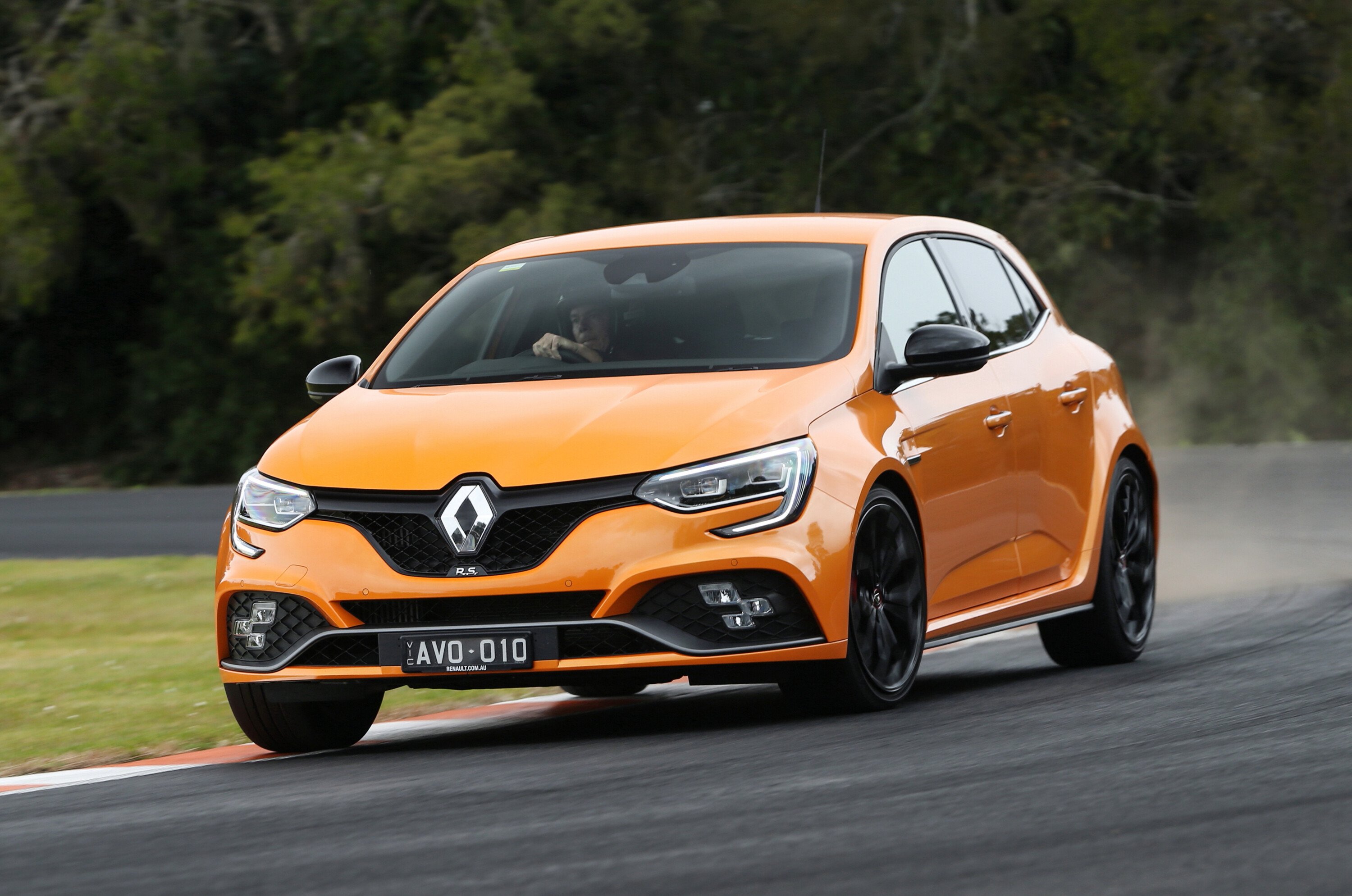
What’s next?
Given how good the revived A110 has been, perhaps enthusiasts should give Alpine a fair go.
Renault boss Luca di Meo has talked of a product roll-out that will first see the Renault 5-based A290, followed by a small SUV in 2026, an electric A110 coupe developed in conjunction with Lotus in 2027, and a few brand-eroding SUVs thereafter to keep the bean-counters on side.
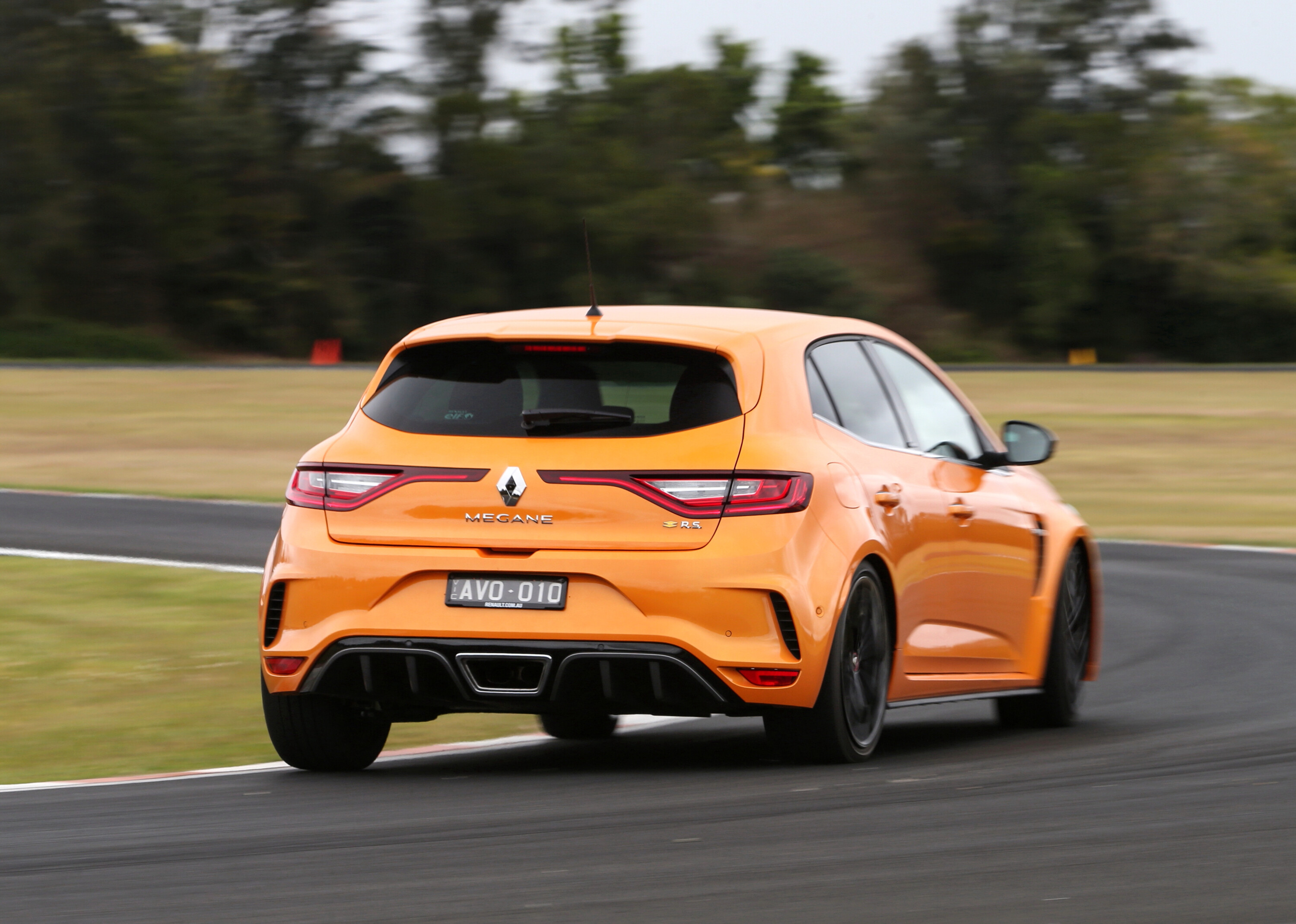
Two pedals or three?
I was fortunate enough to run a couple of long-term Mégane RS 280s for Wheels back in 2019.
The first was a Sport with the EDC transmission, the latter a Cup with the manual ’box. After some consideration, I felt that the best combination would have been the more supple Sport chassis and quick-shifting EDC transmission, but with the Torsen limited-slip diff of the Cup.
We recommend
-
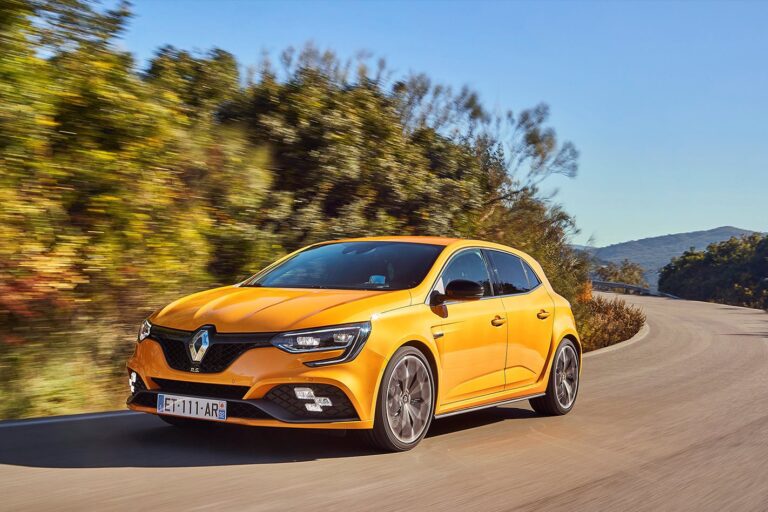 Features
Features2018 Renault Megane RS280 - Renault Rumble
More muscular than any previous megane, with an angrier soundtrack, elevated ability and a splash of gallic charm, This first taste of the RS280 Hints at a new hot hatch benchmark
-
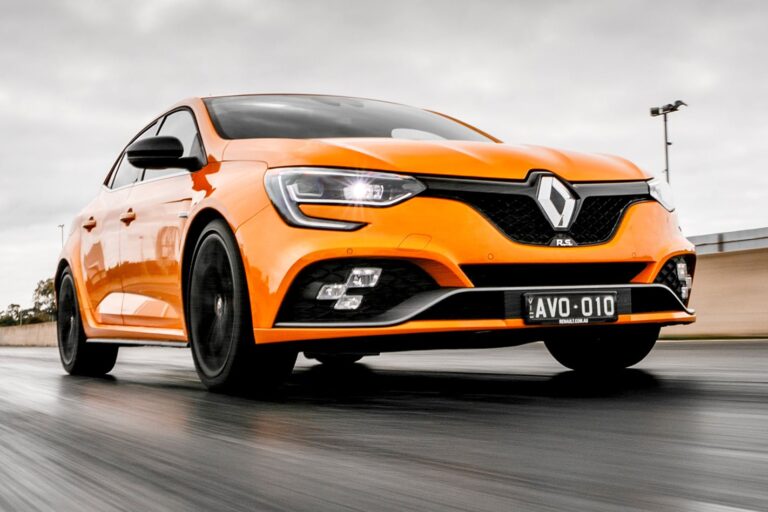 Reviews
Reviews2018 Renault Megane RS 280 review
Can Renault’s freshly poured Megane RS280 top a hot-hatch segment sparkling with talent, or is that just Fanta sea?
-
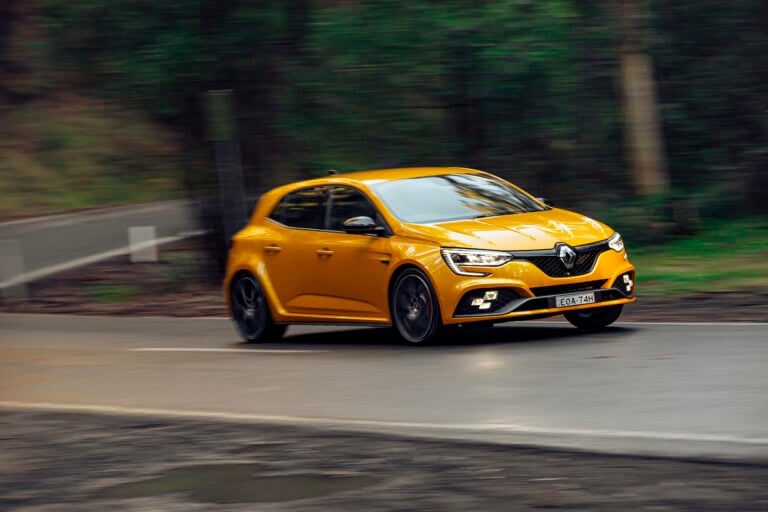 Reviews
ReviewsRenault Megane RS300 Trophy review
Standing out from the crowd isn’t always a good thing


